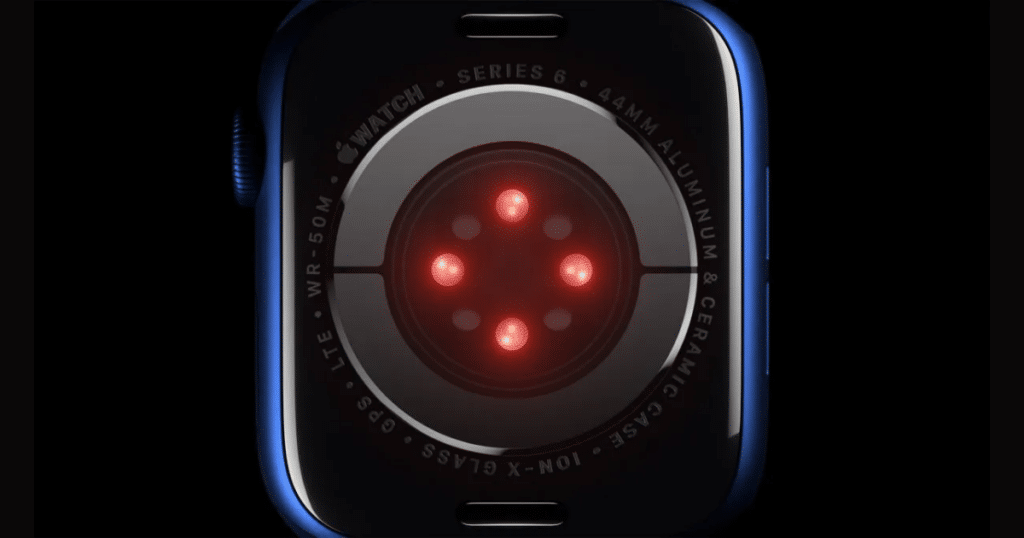One of the major roadblocks to upgrading to a new Apple Watch in the U.S. is the absence of the blood oxygen sensing feature, which is a critical tool for many users. Since 2020, this feature has been a staple on the Apple Watch Series 6 and beyond. However, due to a patent dispute with medical technology company Masimo, the feature has been disabled on new Apple Watches sold in the U.S. since January 2024.
The origin of the conflict dates back to 2013 when Apple reportedly approached Masimo for a potential partnership. Instead of collaborating, Masimo accused Apple of using the meetings to identify and hire key personnel, including the company’s chief medical officer. Masimo further claimed that Apple sought to appropriate its blood oxygen sensor technology, a core component of its medical devices, leading to a protracted legal battle.
The International Trade Commission sided partially with Masimo, ordering Apple to remove the blood oxygen measurement feature from new U.S. Watch models. Existing devices were unaffected, but for new buyers, this meant losing a valuable health feature. The lawsuit has yet to be fully resolved, with some of Masimo’s claims being rejected and others awaiting retrial.
For Apple and its customers, this deadlock has been detrimental. Many argue that the tech giant should have taken a pragmatic approach—licensing the technology from Masimo temporarily while continuing the legal dispute. Such a move would have allowed Apple to keep the feature on its watches without compromising its legal stance, while Masimo could later be compensated should Apple prevail in court. However, both companies maintained firm positions, with Masimo refusing to grant a license and Apple declining to purchase one.

Recently, though, a leadership change at Masimo could create new opportunities. CEO Joe Kiani, the primary force behind the aggressive legal action against Apple, has stepped down and been replaced by interim CEO Michelle Brennan. Kiani’s departure signals a potential shift in strategy that could open the door to negotiations. While there is no certainty that new leadership will be more open to compromise, Brennan’s arrival presents a fresh opportunity for Apple and Masimo to resolve.
Industry insiders, including Bloomberg’s Mark Gurman, believe that now is the perfect moment for Apple to explore a deal with Masimo. While Gurman suggests that a direct licensing agreement may not be Apple’s preferred solution, a broader collaboration could benefit both companies. One possibility is for Apple to integrate Masimo’s hospital equipment with the Health app, allowing patients to sync their medical data with their Apple devices. This would not only restore the blood oxygen feature to the Apple Watch but also expand the capabilities of Apple’s health ecosystem by providing seamless integration with hospitals using Masimo technology.
Such a deal would offer a win-win scenario. Apple Watch users would regain the health feature they rely on, while hospitals would have an incentive to upgrade to Masimo’s latest equipment, driving additional sales for the medical technology firm. Moreover, the litigation could be dropped without either company conceding defeat, saving face for both Apple and Masimo.
As it stands, the future of the blood oxygen sensing feature on Apple Watches sold in the U.S. remains uncertain. However, with Kiani no longer steering Masimo’s course, and a growing acknowledgment that prolonged litigation benefits no one, the chances of a resolution seem higher than ever. Should the companies come to an agreement, Apple Watch users in the U.S. may soon see the return of one of their most valued health features.
Subscribe to our email newsletter to get the latest posts delivered right to your email.

